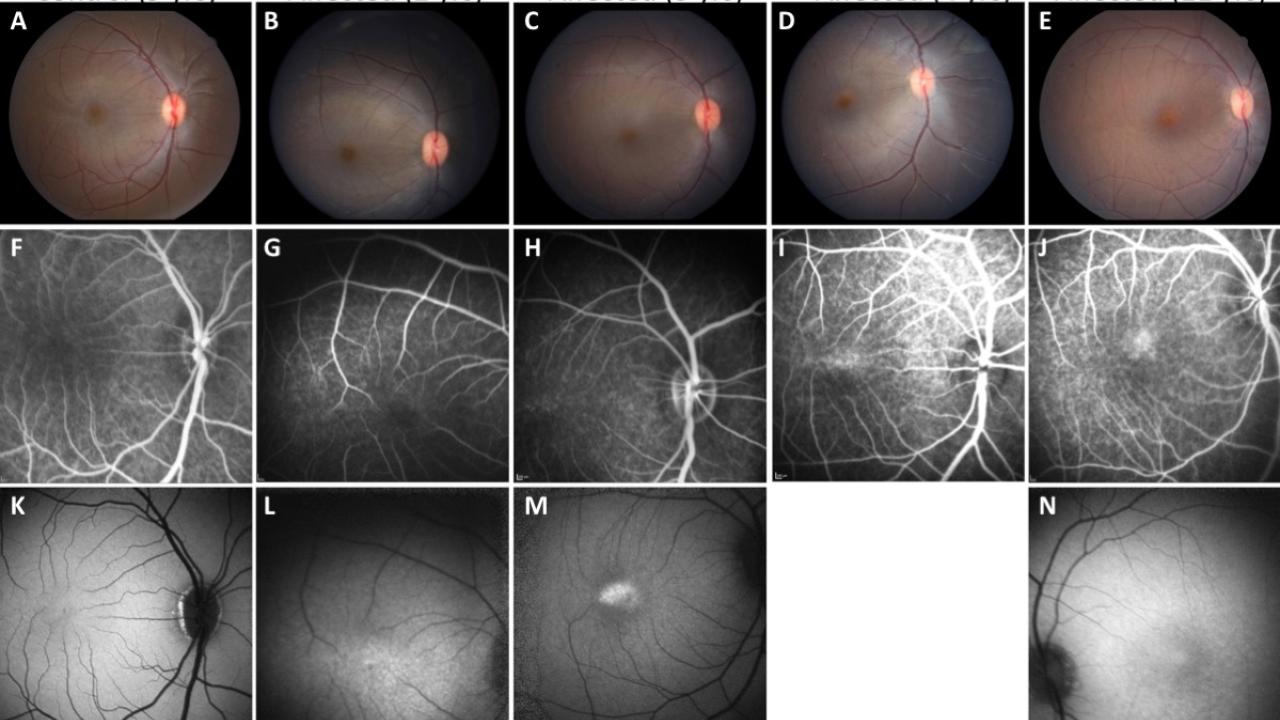
FIVE RESEARCH TEAMS WILL DEVELOP NEW MODELS FOR EYE DISEASE RESEARCH
The National Eye Institute (NEI), part of the National Institutes of Health, has awarded grants to five multi-disciplinary teams to develop new disease models for a range of eye conditions. The program, which will award $30 million over 5 years, is part of the NEI Audacious Goals Initiative (AGI) for Regenerative Medicine. The AGI seeks to catalyze new treatments for blinding conditions like glaucoma, age-related macular degeneration, retinitis pigmentosa, and other degenerative eye diseases. New models will enable researchers to test novel regenerative therapies, including gene- and cell-based therapies, and help transition them to the clinic.
“Models that recapitulate human disease are essential to predicting the success of new therapies in humans. These audacious projects will be pivotal in our efforts to translate the latest science advances into new treatments for vision loss and blindness,” said NEI Director Paul A. Sieving, M.D., Ph.D.
Scientists use disease models throughout the process of developing new treatments. From cell or animal models of eye diseases, researchers can learn the root cause of disease, study the changes that occur to eye tissues as disease progresses, and test potential therapies. New and emerging treatments, like gene therapy or stem cell-based tissue-replacement, also require novel surgical techniques and ways to understand how well therapy is working, all of which must be tested before being tried in humans. Having models that closely match human biology and disease will help vision scientists create and test new methods to preserve and restore sight. Key are models that mimic important aspects of human physiology, including similar light-sensing cells, pathways for connecting the eye to the brain, and brain regions.
Models of Cone Disorders and Other Heritable Retinal Diseases (EY029904)
Principal investigators: Jeffrey A. Rogers, Rui Chen, and John T. Stout, Baylor College of Medicine; Sara M. Thomasy and Ala Moshiri, University of California Davis, California National Primate Research Center (CNPRC)
Rogers and colleagues are exploring cases where animals have naturally occurring ocular diseases. The team will use these animal models to help develop therapies for diseases that cause the loss of cone photoreceptors—cells in the retina that detect color. In humans, cones are concentrated in an area of the retina responsible for central vision called the macula. Few models of cone disorders exist because many of the animals most commonly used in research have primarily rod photoreceptors, which cannot detect color, and few cone photoreceptors. The investigators at the CNPRC have discovered several animals with naturally occurring visual impairment and cone dysfunction. The Baylor team has identified specific mutations in those impaired animals in genes like PDE6C that in humans cause cone photoreceptor degeneration. The project will characterize retinal degeneration in these animals, explore ways to replace cone photoreceptors and restore visual function, and survey additional animals to identify other valuable naturally occurring disease models.
For more information about the AGI, visit https://nei.nih.gov/audacious-goals-initiative.
WANT TO SUPPORT ONGOING AND NEW RESEARCH CONDUCTED BY THE MRLT LAB? DONATE TO THE COMPARATIVE VISION SCIENCES LABORATORY!
© 2021 MURPHY-RUSSELL-LEONARD-THOMASY LABORATORY
